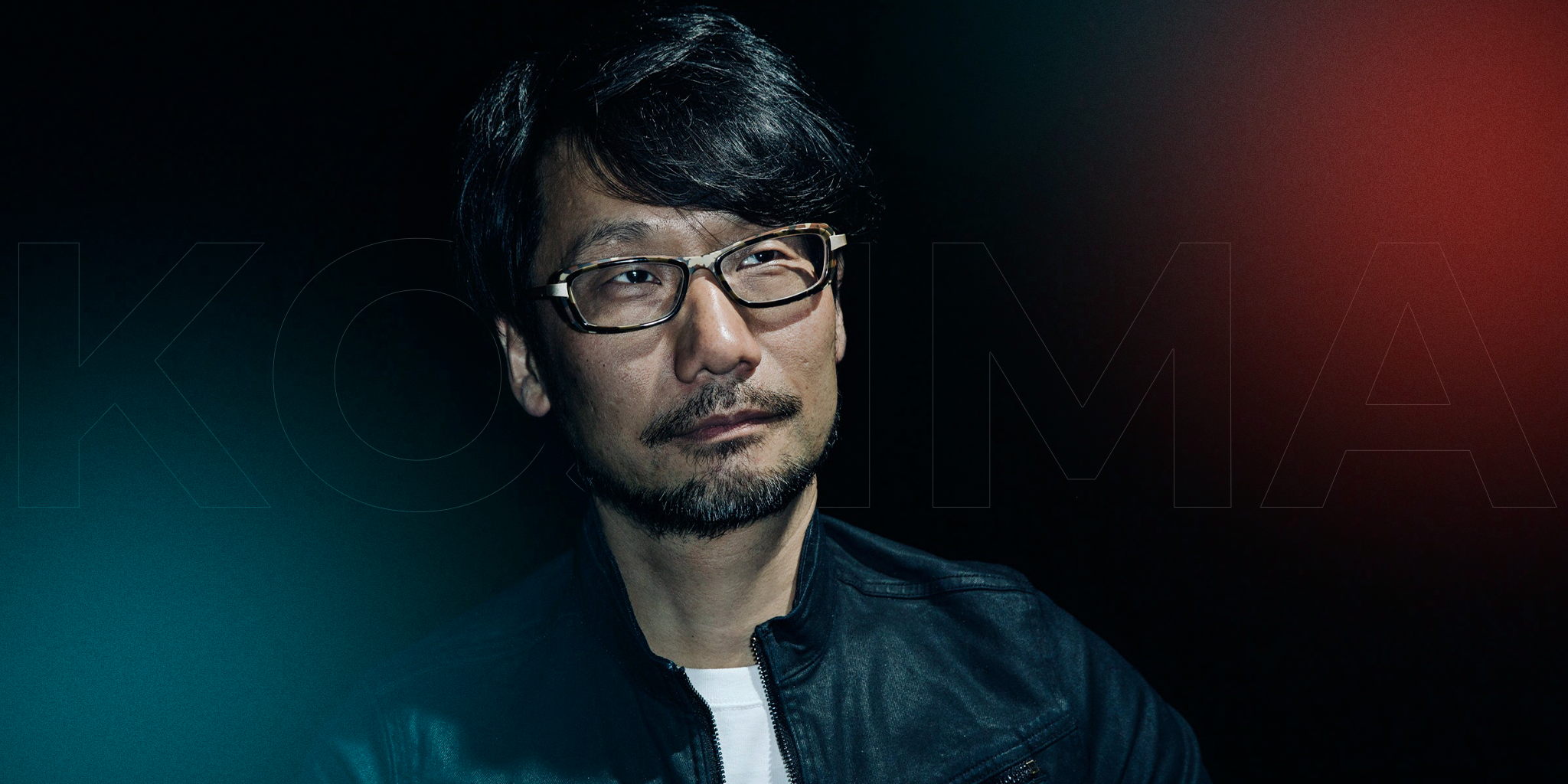What is the fourth wall? Where does it stand? Why would someone want to destroy it? And the key question is: how? We will help you better understand the specificities of the favorite trope of Woody Allen, Walt Disney, and Deadpool. Let’s cut to the chase.
What is The Fourth Wall?
In plain English, the fourth wall is a convention used in fiction storytelling that separates the audience’s action. Characters look right into the camera and act as if they talk to people on the other side of the screen. This wall can be so flexible that characters can lean against it without fear of breaking the line between fiction and reality. They often do it just for fun. One of the favorite tricks is to pretend they are breaking the wall. As the camera moves, it becomes clear that they are watching someone else. The wall remains intact and powerful.
The easiest way to break the wall and contact the viewer is to literally wink at the audience. It can even become the actors’ signature thing. Sometimes they have one-sided conversations with a joke or incisive comment that no others hear. This practice came from the stage, where the characters often talk to themselves. This is the perfect way to bring the most personal and innermost thoughts and feelings to the audience.
Back to the Ancient Times
You may think the term came into being recently, but it is as old as human entertainment itself. “The fourth wall” is an expression stemming from the world of theater. The stage was walled on three sides, and an imaginary fourth wall faced the audience. It’s just an invincible line between actors and viewers, fiction and reality, the art world, and everyday life. The term was coined by Denis Diderot, a French philosopher, in the XVIII century. The invisible barrier separating reality from imagination has existed since the first play was staged.
The trope is used everywhere, from books and advertisements to games and movies. The characters do not suspect they are fictitious and imaginary. They do not notice the fourth wall and act as if it does not exist. This makes it easy for us to forget that we are watching a movie or reading a book. People began breaking the line between the stage and the hall even in Aristophanes’ comedies, a comic playwright of ancient Athens. Shakespeare’s characters also liked to speak a monologue in front of the audience. Within the modern theater, destroying the fourth wall has beacome the mainstream, especially in musicals. Comic books are also trending right behind..
Fourth Wall Revival
Breaking the wall is not only found in cinema and theater. Some game characters can be seen breaking through with statements like, “We know you’re watching us”. Metal Gear Solid video game was particularly go od at this in 1998. Hideo Kojima, the creator of Metal Gear, loves to shock his audience, but the most memorable case is the Psycho Mantis Boss Fight.

“You like Castlevania, don’t you?” the bad guy asked you when he found saves from another game Konami, Castlevania: Symphony of the Night. This surprising insight provided a clear explanation: Psycho Mantis was an esper. The same is true in comic books. In early comics, She-Hulk was also breaking the fourth wall. She was ripped the comics’ pages and broke into a war of words with the writers and artists. This fictional superhero eventually fired the screenwriter. Loki Laufeyson, the brother of Thor, also knows about his life in comics. He often spoke directly to readers or mentioned the action taking place in the comic. These are only a few examples of the trope; if you look, you can find many more.
From Now and Forever
Today this tool is enjoying a new surge in popularity. Face it: movies are made to ensure that people learn something new. Now and then, the director fails to do it through the film’s plot, so he talks directly to the audience through the movie stars. Fight club is one famous example. The cult film has many unexpected twists and turns. The main character has mental problems and multiplepersonalities. The most attentive viewer would see that one of the film’s heroes is also a personality. Tyler Durden repeatedly broke the fourth wall and reached out to the audience. But it was not always clear who exactly he was talking to, the characters in the movie, or the viewer.
Other notable examples are the epic adventures of Deadpool. The character from Marvel Comics breaks the fourth wall often with a joke or question, stepping closer to the audience. Another example is Supernatural. The heroes live in a world with an American television series with the same name. The same technique was used in Hugo video games.
Thanks to this amazing tool, immersive theatre has rebounded in recent years. One principle of this technique is the freedom it gives the audience and its presence inside the performance itself. There is no division between the hall and the stage. Instead, there is one space where guests can move along with the actors. Such plays usually involve several storylines. Viewers need not follow only the main characters. Instead, the directors strive to focus attention on supporting characters or just sub-details. In an immersive theatre, everything is an integral part of the author’s idea. Although lockdown will be a real blow to the prospects for development, AR/VR technologies had promised to remedy the situation.
It is also worth mentioning here the fifth wall. When the fourth wall became a chronic phenomenon, postmodernism introduced this concept. Here, the viewer is the character himself in the complex story-driven construct.




